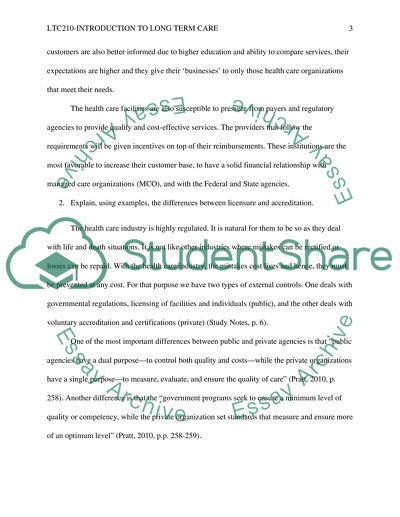Cite this document
(“Long-Term Care Essay Example | Topics and Well Written Essays - 2000 words”, n.d.)
Long-Term Care Essay Example | Topics and Well Written Essays - 2000 words. Retrieved from https://studentshare.org/nursing/1468186-long-term-care
Long-Term Care Essay Example | Topics and Well Written Essays - 2000 words. Retrieved from https://studentshare.org/nursing/1468186-long-term-care
(Long-Term Care Essay Example | Topics and Well Written Essays - 2000 Words)
Long-Term Care Essay Example | Topics and Well Written Essays - 2000 Words. https://studentshare.org/nursing/1468186-long-term-care.
Long-Term Care Essay Example | Topics and Well Written Essays - 2000 Words. https://studentshare.org/nursing/1468186-long-term-care.
“Long-Term Care Essay Example | Topics and Well Written Essays - 2000 Words”, n.d. https://studentshare.org/nursing/1468186-long-term-care.


